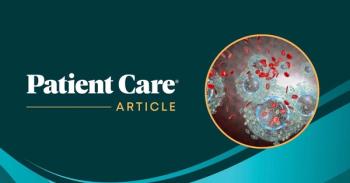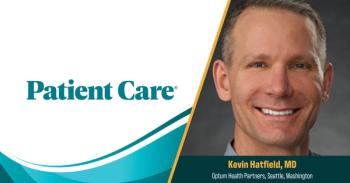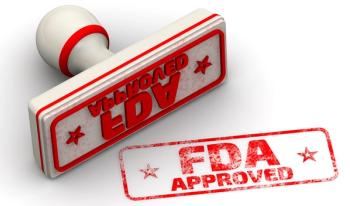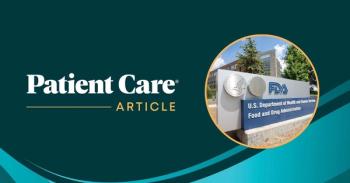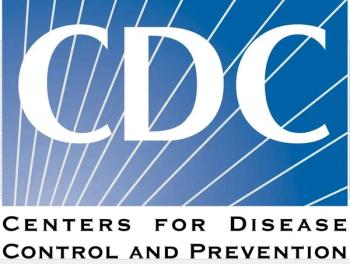
Return to Work Criteria for HCP After COVID-19
CDC return-to-work criteria for healthcare workers with confirmed or suspected COVID-19 are publisehd to guide administrative decision making.
If you are a healthcare professional (HCP) with confirmed COVID-19 or suspected COVID-19,* decisions about your return to work will be made based on your local circumstances.To guide those decisions, the Centers for Disease Control and Prevention (CDC) has published interim guidance that includes return-to-work criteria, practices, and work restrictions to ensure HCP, patient, and public safety. The recommendations are summarized in the slides that follow.*(eg, developed symptoms of a respiratory infection [eg, cough, sore throat, shortness of breath, fever] but did not get tested for COVID-19).
Newsletter
Enhance your clinical practice with the Patient Care newsletter, offering the latest evidence-based guidelines, diagnostic insights, and treatment strategies for primary care physicians.

